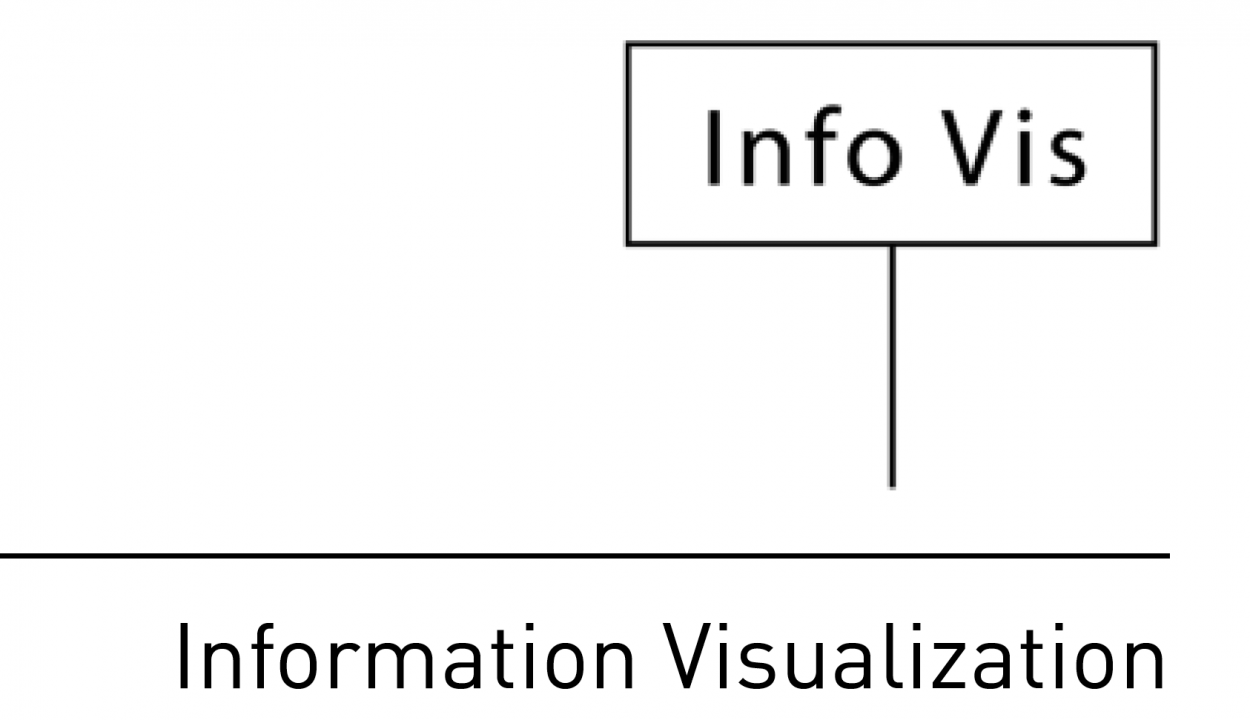|
|
||||||||||||||||||
Modeling and evaluating user behavior in exploratory visual analysis.
Authors: Reda, K., Johnson, A., Papka, M., Leigh, J.
Publication: In Information Visualization, vol 15, no 4, pp. 325-339 URL: https://doi.org/10.1177%2F1473871616638546 Empirical evaluation methods for visualizations have traditionally focused on assessing the outcome of the visual analytic process as opposed to characterizing how that process unfolds. There are only a handful of methods that can be used to systematically study how people use visualizations, making it difficult for researchers to capture and characterize the subtlety of cognitive and interaction behaviors users exhibit during visual analysis. To validate and improve visualization design, it is important for researchers to be able to assess and understand how users interact with visualization systems under realistic scenarios. This article presents a methodology for modeling and evaluating the behavior of users in exploratory visual analysis. We model visual exploration using a Markov chain process comprising transitions between mental, interaction, and computational states. These states and the transitions between them can be deduced from a variety of sources, including verbal transcripts, videos and audio recordings, and log files. This model enables the evaluator to characterize the cognitive and computational processes that are essential to insight acquisition in exploratory visual analysis and reconstruct the dynamics of interaction between the user and the visualization system. We illustrate this model with two exemplar user studies and demonstrate the qualitative and quantitative analytical tools it affords. Keywords: Exploratory visual analysis, visual exploration, evaluation, insight-based evaluation Date: March 1, 2016 |